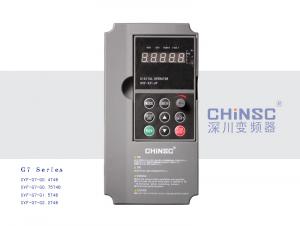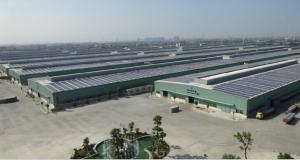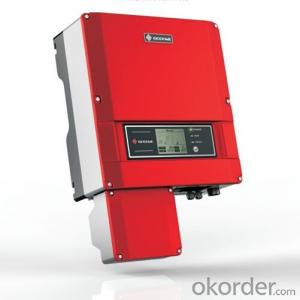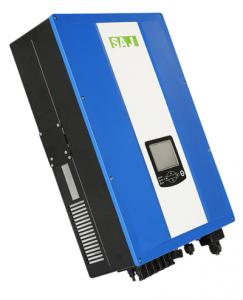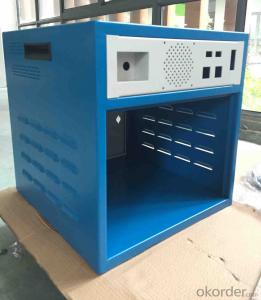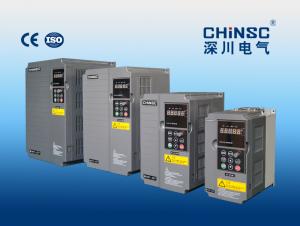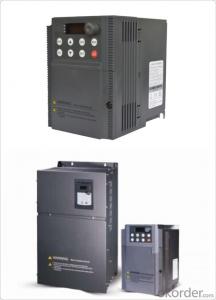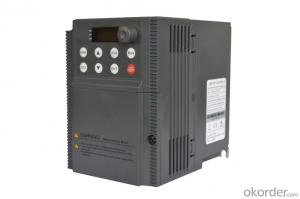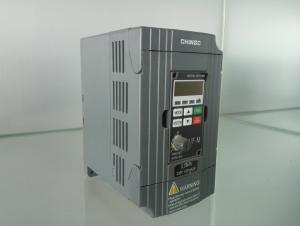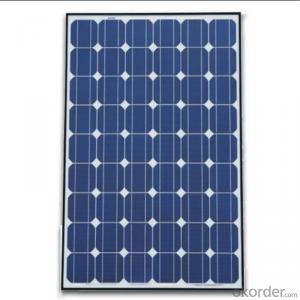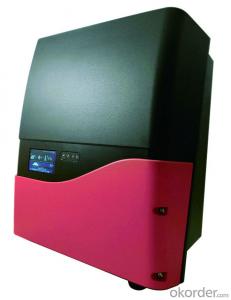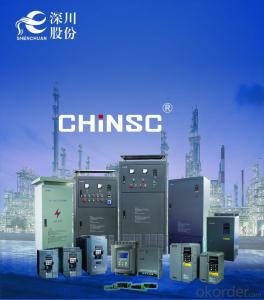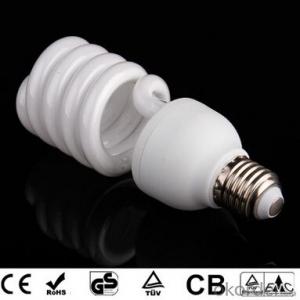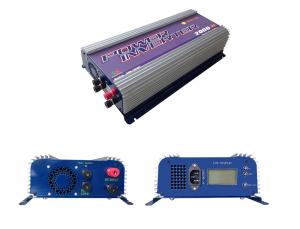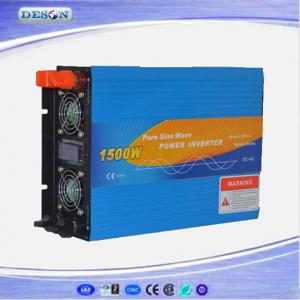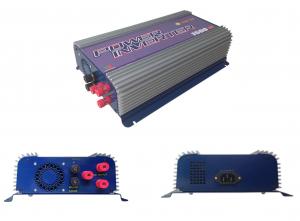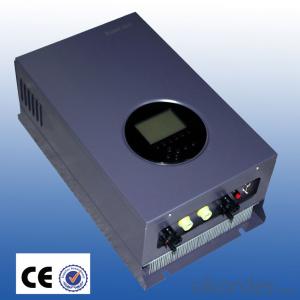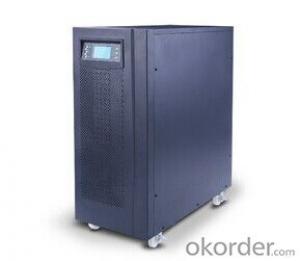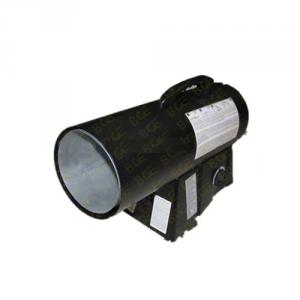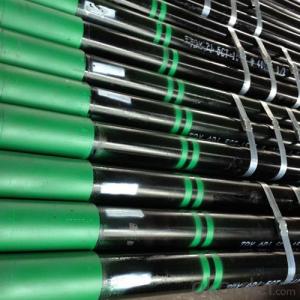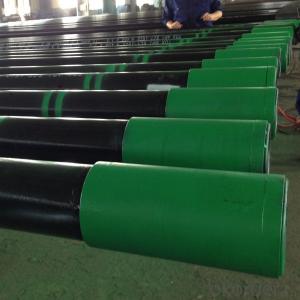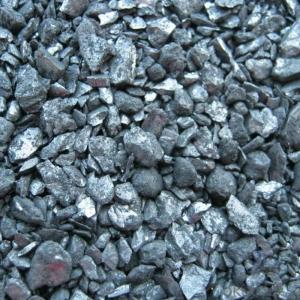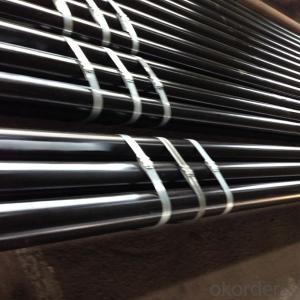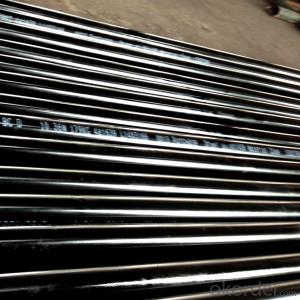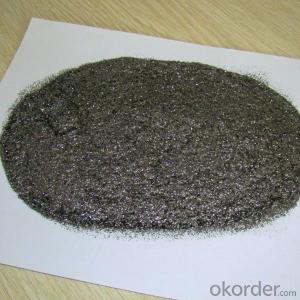15kw Solar Hybrid Inverter
15kw Solar Hybrid Inverter Related Searches
15 Kw Hybrid Solar Inverter 15kw Solar Inverter Solar 15kw Inverter 15kw Inverter Solar 15 Kw Solar Inverter 15kva Solar Inverter 15 Kva Solar Inverter 15kw Solar Inverter Price 15 Kw On Grid Solar Inverter 15kw Off Grid Solar Inverter 15 Kw Solar Inverter Price 1500w Solar Inverter 1500 Watt Solar Inverter 15 Kva Solar Inverter Price 15 Kw Off Grid Solar Inverter 1500 Watt Solar Power Inverter Solar 1500 Watt Power Inverter 1500v Solar Inverter 1500 Volt Solar Inverter 150 Kw Solar Inverter 1.5 Kw Solar Inverter 1.5kw Solar Inverter Solar Power Inverter 1500w 150 Watt Solar Inverter 5kw Solar Hybrid Inverter 1.5 Kva Solar Inverter 5kw Hybrid Solar Inverter 5 Kw Hybrid Solar Inverter Solar 150 Watt Power Inverter Hybrid Solar Inverter 5kw15kw Solar Hybrid Inverter Supplier & Manufacturer from China
The 15kw Solar Hybrid Inverter is a high-performance product designed to optimize the efficiency of solar energy systems. It combines the functionalities of a solar inverter and a battery inverter, allowing for seamless integration of solar power generation and battery storage. This advanced technology ensures that excess solar power can be stored and utilized when needed, enhancing the overall efficiency and reliability of solar energy systems.The 15kw Solar Hybrid Inverter is widely used in various applications, including residential, commercial, and industrial settings. It is particularly beneficial in areas with fluctuating electricity demands or where grid power is unreliable. By harnessing solar energy and storing it in batteries, this product enables users to maintain a consistent power supply, reducing dependency on traditional energy sources and promoting sustainable energy practices.
Okorder.com is a leading wholesale supplier of the 15kw Solar Hybrid Inverter, boasting a large inventory to cater to the growing demand for renewable energy solutions. With a commitment to quality and customer satisfaction, Okorder.com ensures that each 15kw Solar Hybrid Inverter is manufactured to the highest standards, providing a reliable and efficient solution for solar power management.
Hot Products




